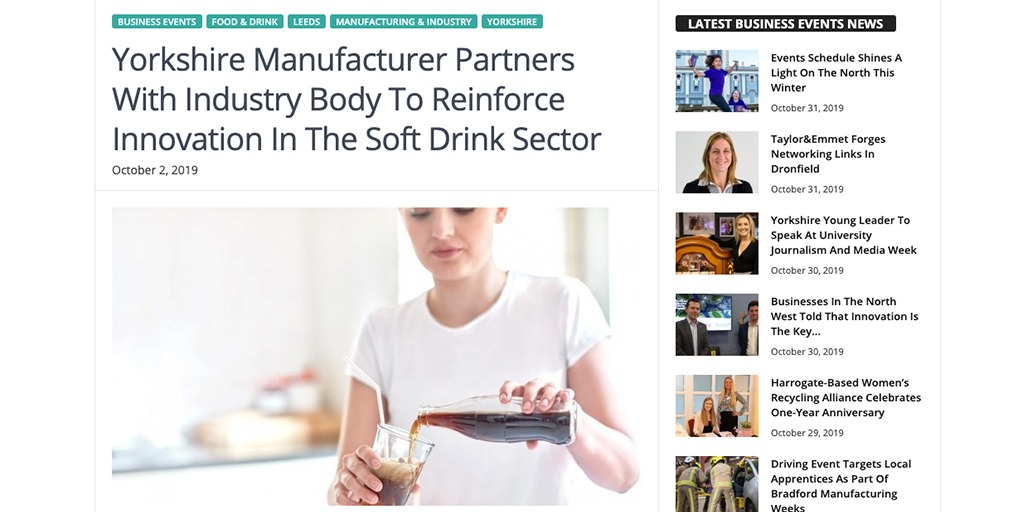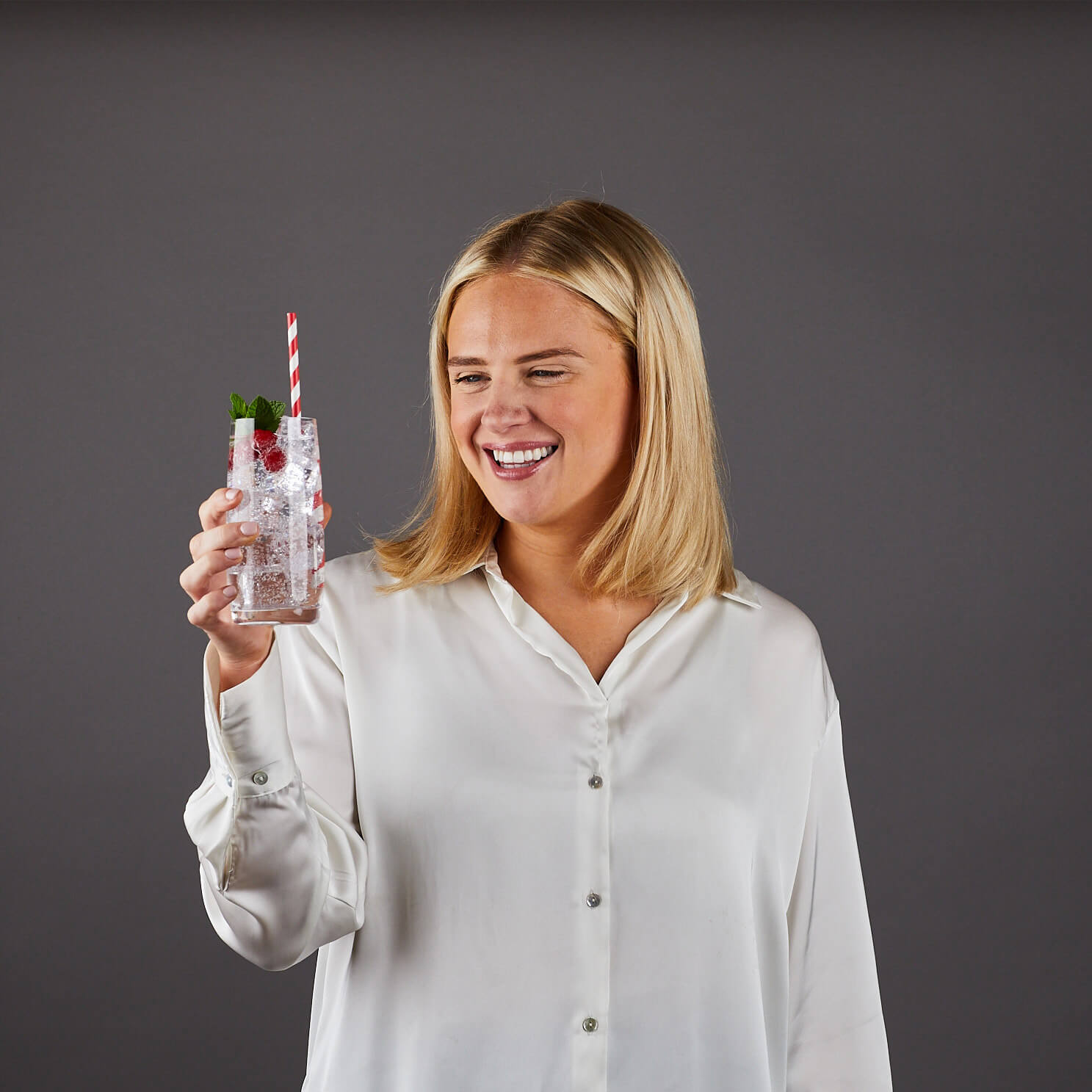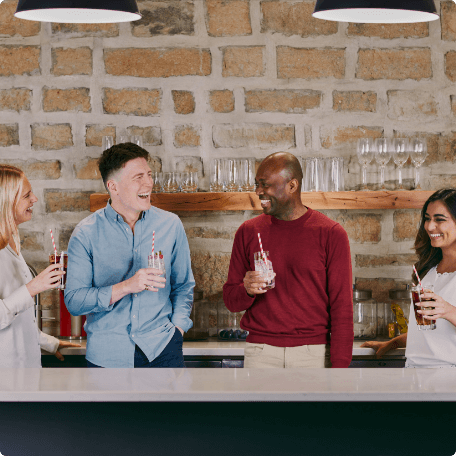Where are we now
Posted in Industry News
A 2020 perspective on plastic reduction, lightweighting, and reformulation
We’re already nearly a full month into 2020 and there is much for the drinks industry and its affiliates to be doing. The dominant trends as we see them are two-fold: health and packaging, or more specifically reducing sugar content across drinks portfolios and reducing plastic usage. With any FMCG industry, the seemingly vast and effortless efficiency of beverage production makes any structural change that consumer trends demand a mammoth task. As consumers ourselves, it is easy to take for granted how complex the supply chains underpinning raw material production and purchasing are, yet these must be unpicked to overcome the challenges we face.
Firstly, a technical person reading this may already be well-versed in the solubility of ingredients like sweetening and flavouring agents, but to others, the realities may be lesser-known: some things are less soluble than others. For example, sugar is highly soluble but sweeteners such as sucralose and certainly stevia are highly insoluble.
The implications of this are thus: in the process of removing sugar from drinks recipes and replacing with artificial or natural flavours and sweeteners, there will be inevitable foaming issues upon filling on production lines and when the end consumer opens and decants their drinks. Excessive foaming slows down manufacture, generates waste and is generally a pain point for anyone on the receiving end of it.
On the other hand, drinks brand giants are heavily incentivised to action these changes, whilst citing a genuine interest in public health to please consumers, as sugar is a more expensive raw ingredient than sweeteners. Plus, governmental interventions such as penalising sugar taxes makes all change management involved an easier investment to sign off on than say, implementing changes to packaging practices that are over 60 years-old and which threaten to compromise the stability and overall quality of the end-product…
This brings us to the other major trend that starkly faces business and their customers alike. Plastic pollution is now a well-documented and frightening consequence of global and ever-accelerating consumer lifestyles. Everyone is implicated and we all must do something to action change. But there are a number of factors to be considered.
If every drinks’ brand suddenly stopped using PET and moved to cans and or glass this wouldn’t necessarily be the right decision for our planet. Though more readily recyclable, can and glass waste is also a major problem and comes with a number of other limitations.
Both of these require more energy overall to produce, they take up more space, and neither provides the flexibility and durability required to withstand the environmental pressures which would inevitably create greater waste and consumer complaints to boot.
Needless to say, it wouldn’t be great news for anyone for some of the biggest companies in the drinks industry, and indeed the world, to immediately and drastically change their processes. Plastic is not the enemy, plastic waste is. However, that doesn’t mean nothing can be done by the beverage sector.
You may have noticed the ‘reduce, reuse, recycle’ mantra popping up on brand and retailers messaging on social media and websites, as well as the emergence of annual sustainability reports, issued to stakeholders with a similar gravity to sales and strategy reviews. Businesses worldwide are looking seriously at what is manageable and achievable, that won’t alienate customers but will definitely make a tangible difference in reducing their waste and carbon footprint.
For carbonated beverage brands especially, sustainability innovation has been at the forefront of business strategy alongside NPD and consumer retention. They are achieving this in several ways including raising awareness about the importance of recycling and being vocal about their in-house recycling practices.
There have also been initiatives by bigger companies to get involved in the community with beachside litter-picking, plastic fishing, and incentivising deposit return schemes. Aside from environmental action, major strides are being taken to improve the quality and availability of recycled plastic, rPET, (currently significantly less than half of the plastic bottles produced worldwide go back into their production), and there are numerous businesses that have begun to lightweight their product packaging – effectively reducing plastic usage.
It’s important to note though that the main focus for lightweighting has been in non-carbonates as carbonation retention isn’t an issue to be wary of, but generally speaking, CSD PET bottles have gotten much lighter since they were first introduced to the masses in the 1950s.
Lightweighting itself is not straightforward and there are a number of definitions that are associated with the process of reducing plastic. It can mean using lighter, thinner PET preforms in the first place or it can be in the ‘blowing’ methods used to mould the bottles to specification. Whatever the case, there are serious logistical and often financial implications to be ameliorated.
Having said that, savvy business leaders and packaging specialists will be aware that the PET element of packaging is by far the most expensive of the whole end-product and therefore, even lightening bottles by 2 grams could produce savings in the millions for bigger companies.
Therefore, with investment in innovation and equipped with the right resources, there’s no reason why drinks brands worldwide can’t meet sustainable plastic reduction targets without sacrificing profitability, drink quality or consumer acceptability.
Moreover, food technology is playing a greater role in supporting plastic reduction by working in tandem with beverage bosses, manufacturers, consumer feedback, and environmental experts. For example, CO2Sustain operates in the drink liquid itself and retains carbonation upon opening, pouring, consuming – enabling CSD companies to offset the potential negative consequences of using lighter preforms.
As a speciality ingredient and processing aid business that supports the beverage industry (brands, manufacturers, and retailers alike), we at CO2Sustain must lead by example and demonstrate our support for plastic reduction in the industry and do our utmost to collaborate with beverage R&D teams worldwide to enable them to achieve their lightweighting aspirations.
This is what 2020 for CO2Sustain represents for us and we can see clearly the challenges that lie ahead but stand shoulder to shoulder with responsible beverages businesses everywhere determined to make a difference.




